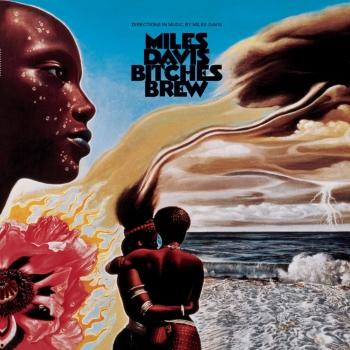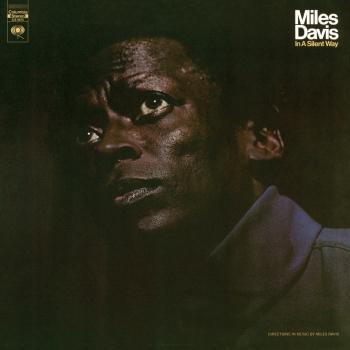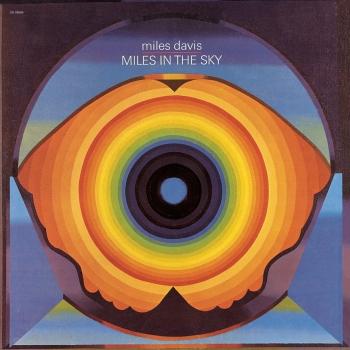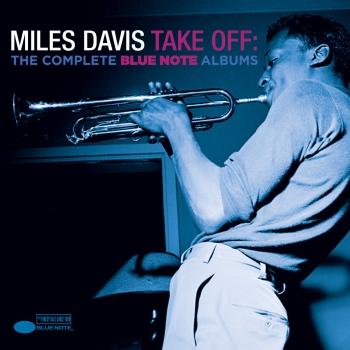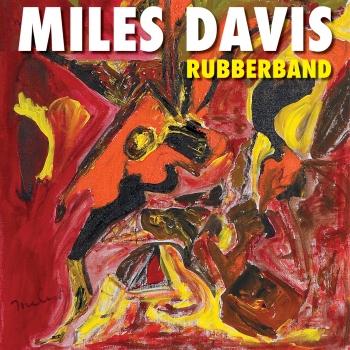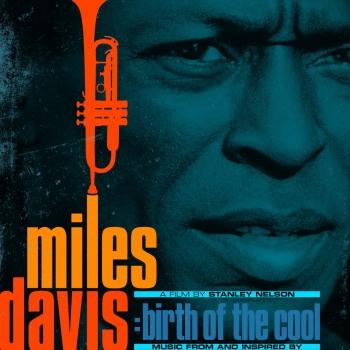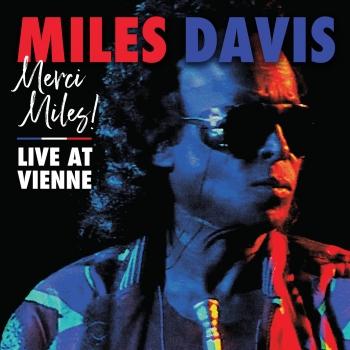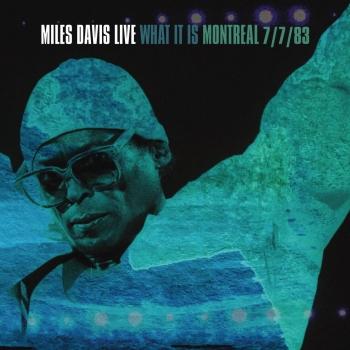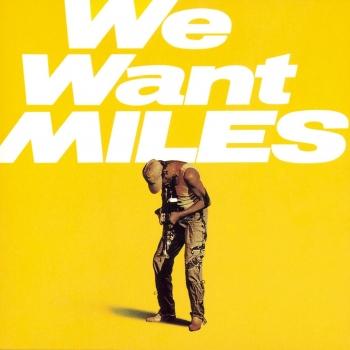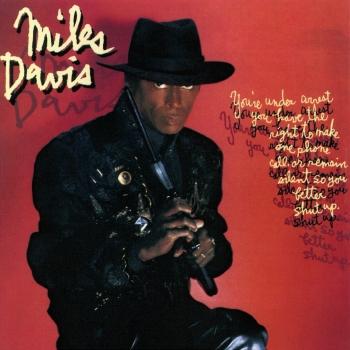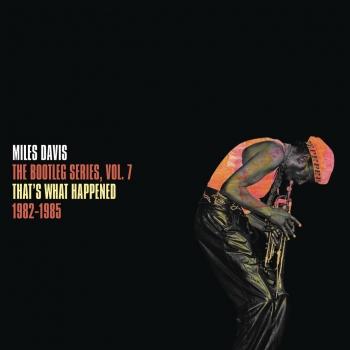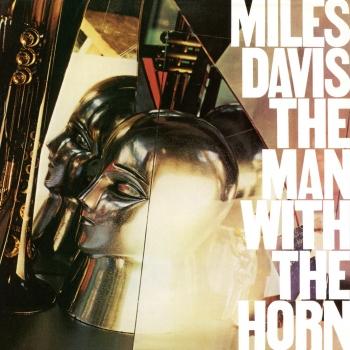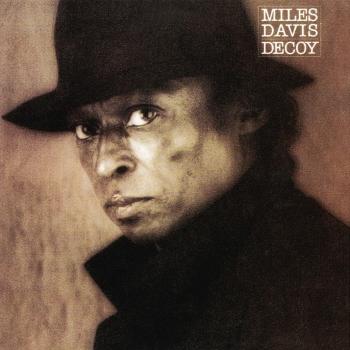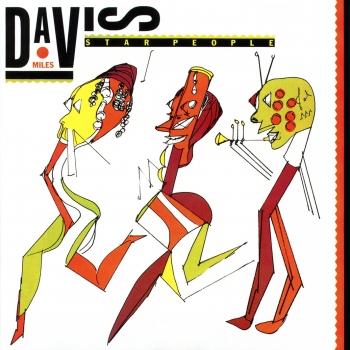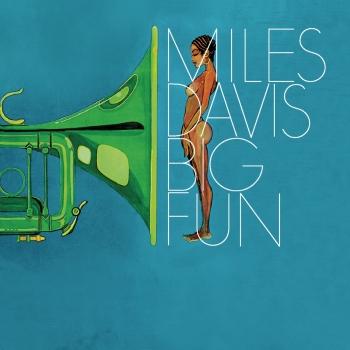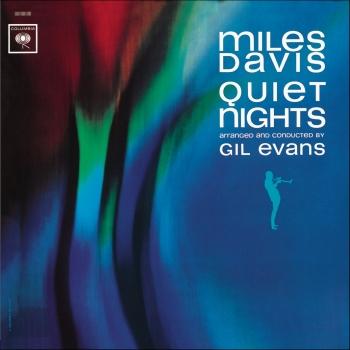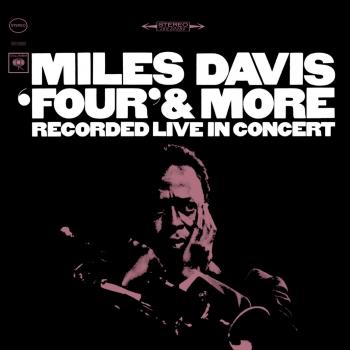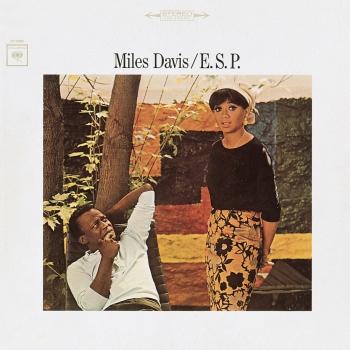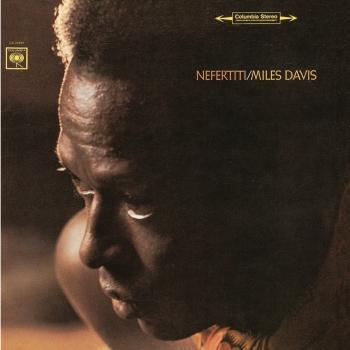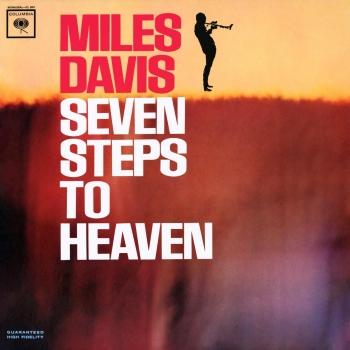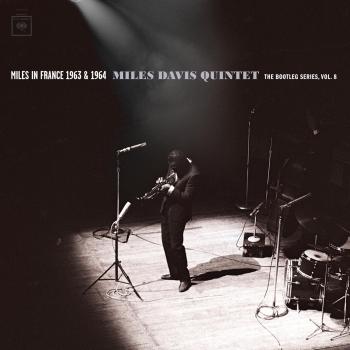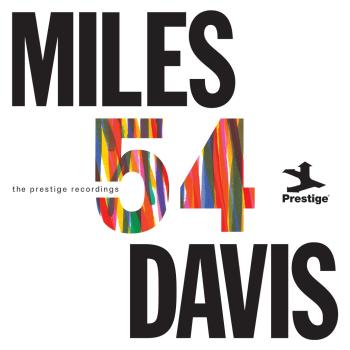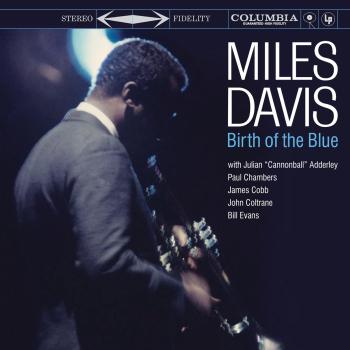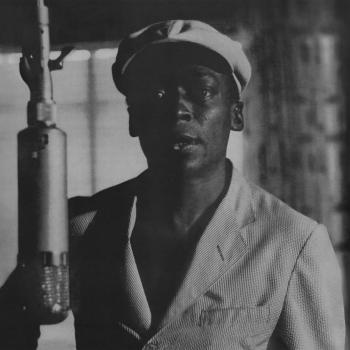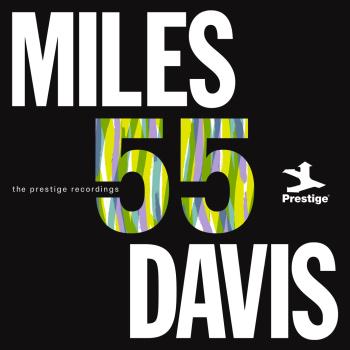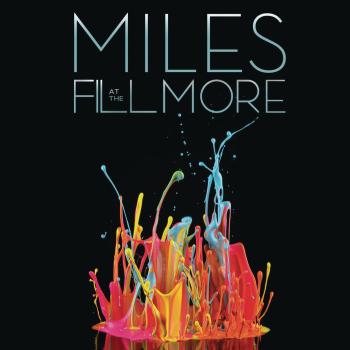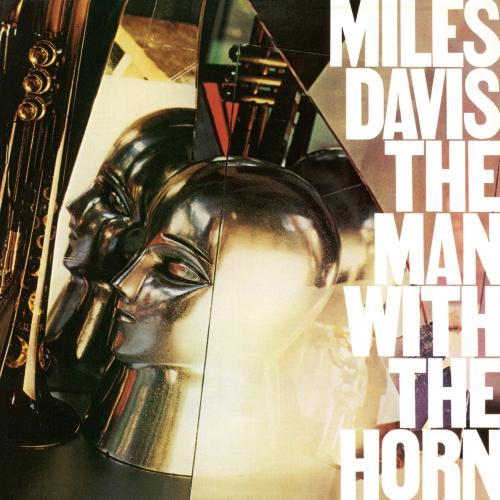
The Man With The Horn (2022 Remaster) Miles Davis
Album info
Album-Release:
1981
HRA-Release:
16.09.2022
Album including Album cover
I`m sorry!
Dear HIGHRESAUDIO Visitor,
due to territorial constraints and also different releases dates in each country you currently can`t purchase this album. We are updating our release dates twice a week. So, please feel free to check from time-to-time, if the album is available for your country.
We suggest, that you bookmark the album and use our Short List function.
Thank you for your understanding and patience.
Yours sincerely, HIGHRESAUDIO
- 1 Fat Time 09:53
- 2 Back Seat Betty 11:15
- 3 Shout 05:52
- 4 Aida 08:09
- 5 The Man With the Horn 06:32
- 6 Ursula 10:50
Info for The Man With The Horn (2022 Remaster)
The Man With The Horn was the first album Miles Davis recorded after his prolonged retirement in the second half of the 1970s. It was his first studio album since the already distant Get Up With It (Columbia Records, 1974). It marked the beginning of his second and last recording period and, logically, it was experienced as a great event.
This is not his best work, in fact, it is somewhat disappointing, but that is the least important thing: the important thing was that Miles Davis was once again creating music, that he had overcome his serious health problems (starting with a terrible addiction), that he was almost ready to do what he did best. The almost is due precisely to the years of hiatus, because anyone who has played an instrument knows how quickly technique is lost, and this is valid even for exceptional cases such as Miles Davis, people who had spent a lifetime glued to their instrument.
If it is already noticeable after a couple of weeks, imagine after years without even getting close to a trumpet. Of course, his conception of jazz never exactly demanded an outstanding technique, but it is clear that, when he recorded The Man With The Horn, he was not yet in top form, he still had to recover his old level, to get his lips used to it again.
But some things hadn't changed. For one thing, as was usual for him, he surrounded himself with some of the best instrumentalists of the time, starting with saxophonist Bill Evans and bassist Marcus Miller, two promising musicians who thus began their interesting careers. On the other hand, Miles Davis was still interested in electric jazz, in fusion with rock and funk, although here he returned to a somewhat more traditional interpretation of the trumpet and a more conventional conception of jazz, if 'traditional' and 'conventional' are adjectives that can be applied to the American's music.
All in all, The Man With The Horn is not essential, but it can hardly be essential on a label that includes Kind Of Blue (Columbia Records, 1959) or Bitches Brew (Columbia Records, 1970), among other wonders. Obviously, if it had been the debut of an unknown musician, the critics would have praised it infinitely, but when it comes to Davis, the demand is much higher.
Miles Davis, trumpet, pedals
Bill Evans, tenor & soprano saxophone (except 3)
Barry Finnerty, electric guitar (except 5)
Mike Stern, electric guitar (1)
Marcus Miller, bass (except 3 & 5)
Al Foster, drums (except 3 & 5)
Sammy Figueroa, percussion (except 5)
Robert Irving III, Yamaha CS30 synthesizer, piano
Randy Hall, synthesizer, electric guitar, celeste, Moog synthesizer; lead and backing vocals (5)
Felton Crews, bass
Vince Wilburn, Jr., drums
Digitally remastered
Please Note: We offer this album in its native sampling rate of 96 kHz, 24-bit. The provided 192 kHz version was up-sampled and offers no audible value!
Kaum ein anderer Musiker vermochte die Geschichte des Jazz derart nachhaltig zu beeinflussen, wie der am 26.05.1926 in Alton, Illinois geborene und in St. Louis aufgewachsene Miles Davis. Ohne den 'Prince of Darkness' wären die meisten Schlüsselentwicklungen des Jazz ab 1950 undenkbar gewesen. Mit unnachahmlicher Intonation und sparsamer melodischer Gestaltungskraft hat sich der Trompeter den Status einer Pop-Ikone erspielt.
Seine ersten wichtigen Gehversuche machte Miles in New York, wo er mit seinem musikalischen Vorbild Charlie Parker zusammentraf, in dessen Band er umgehend spielte. 1948 leitete der Trompeter bereits seine eigene Band, die mit Arrangements von Gil Evans zu den 'Birth Of The Cool'-Sessions führte. Neben seinen freelance Arbeiten gründete Miles Davis 1955 sein erstes Quintett bestehend aus Red Garland, Paul Chambers, Philly Joe Jones und John Coltrane. In den Jahren 1963-68 formierte er das zweite große Quintet, in welchem der junge Wayne Shorter am Saxophon brillierte (mit Herbie Hancock, Ron Carter und Tony Williams).
Die späten 60-er Jahre brachten unter Miles' Impuls die Wende hin zum Jazz Rock. Alben wie 'Bitches Brew' und 'We Want Miles' stehen paradigmatisch für diese Zeit. In der ersten Hälfte der 70-er Jahre veränderte der Ausnahmetrompeter häufig die Besetzungen seiner Band. In großzügig angelegten Gruppenimprovisationen integrierte er die vormals 'jazzfremden' Tablas, Sitar und diverse Percussioninstrumente. Den Sound seiner Trompete veränderte er mit dem Einsatz eines WahWah-Pedals. Die psychedelisch anmutende Musik dieser Zeit polarisierte das Publikum, viele Fans des 'frühen Miles' wollten den neuen 'elektrischen' Weg nicht mitvollziehen, doch Davis zielte auf ein junges, experimentierfreudiges Publikum.
Nach längerer Zurückgezogenheit aufgrund von Drogenproblemen kehrte der 'Prince of Darkness' in den frühen 80-er Jahren mit jungen Musikern zurück, seine Band wurde zum Sprungbrett für die wichtigsten Karrieren des aktuellen Jazz. Unter seinen Schülern waren John Scofield, Kenny Garrett, Darryl Jones und Marcus Miller. Der Bassist, Multi-Instrumentalist und Produzent Miller schuf mit Miles Davis die deutlich von der aktuellen Popmusik beeinflußten Spätwerke 'Tutu' und 'Amandla'. Diese Alben zeigen in vollendeten Produktionen das Hit-Potential des Trompeters, der in zahllosen Konzerten dieses Material immer neu als elektrisierender Improvisator präsentierte. Am 28.09.1991 starb der wichtigste Musiker des Jazz wenige Wochen nach seinem letzten Konzert an einer Lungenentzündung. Das posthum veröffentlichte Album 'Doo-Bop' wurde 1992 mit dem Grammy in der Kategorie 'Best R&B Instrumental Performance' ausgezeichnet.
This album contains no booklet.










